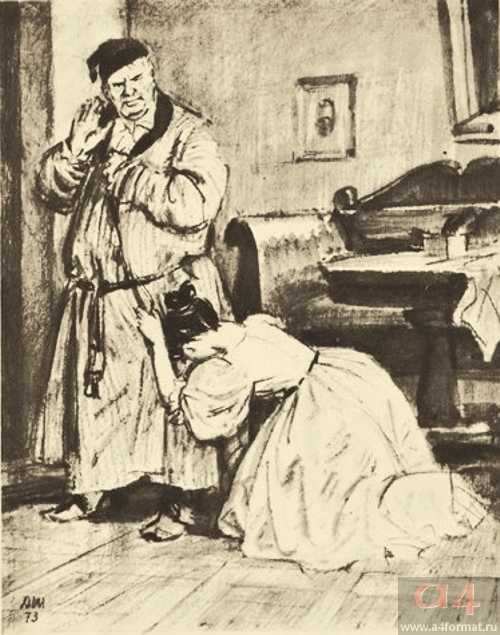Citatnij Plan Evgenij Onegin Vosjmaya Glava

Tribes computer game. PrehistoryPC Video Games Video Games Encyclopedia by Gamepressure.com PC (Personal computer) - one of the most popular home platforms and the only one which doesn’t offer playing video games as its main purpose. PC was born in the 1970s, but it is impossible to give an exact moment of its birth or even a name of its creator.
Sadržaj • Reakcija • Kinematika • Koncentracija • Ravnoteža Description Explore what makes a reaction happen by colliding atoms and molecules. Design experiments with different reactions, concentrations, and temperatures. When are reactions reversible? What affects the rate of a reaction?
Explore what makes a reaction happen by colliding atoms and molecules. Design experiments with different reactions, concentrations, and temperatures. When are reactions reversible? What affects the rate of a reaction? Twitter profil Ureda za reviziju institucija Bosne i Hercegovine. Obavještavamo medije i javnost da je od danas u funkciji Twitter profil Ureda za.
Primjeri obrazovnih ciljeva • Explain why and how a pinball shooter can be used to help understand ideas about reactions. • Describe on a microscopic level what contributes to a successful reaction (with illustrations). • Describe how the reaction coordinate can be used to predict whether a reaction will proceed or slow. • Use the potential energy diagram to determine: The activation energy for the forward and reverse reactions; The difference in energy between reactants and products; The relative potential energies of the molecules at different positions on a reaction coordinate. • Draw a potential energy diagram from the energies of reactants and products and activation energy. Cara update windows 7 ultimate sp1 ke sp2607x10 pc. • Sketch how the number of reactants and products will change as a reaction proceeds. • Explain how they know that a system has reached equilibrium from a graph of number of reactants and products versus time.
• Predict how raising or lowering the temperature will affect a system in the equilibrium position. • Describe the relative sizes of the forward and reverse rates at equilibrium. • Explain what effects whether the equilibrium position favors the products or the reactants. • Predict how addition of a reactant or product will affect the forward and reverse reaction rates, and once this new system reaches equilibrium how the reactant and product concentrations will compare to the original system at equilibrium.

• Compare graphs of concentration vs. Time to determine which represents the fastest or slowest rate.